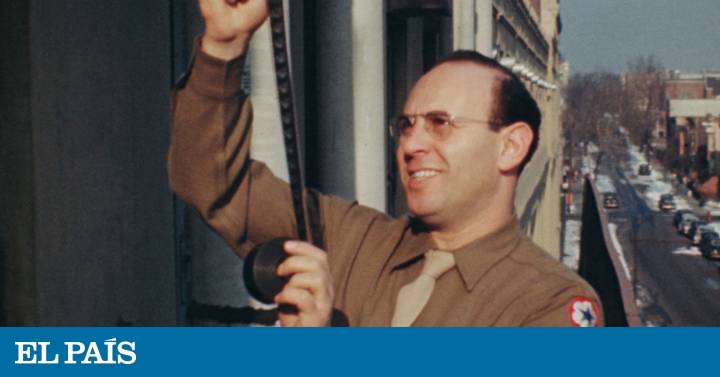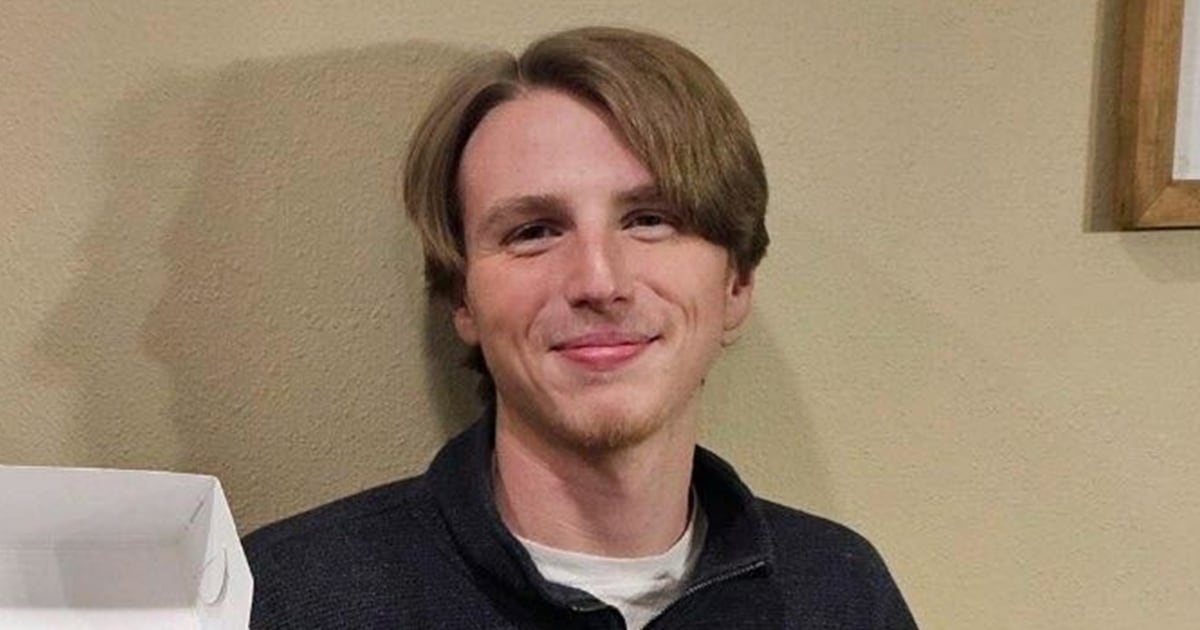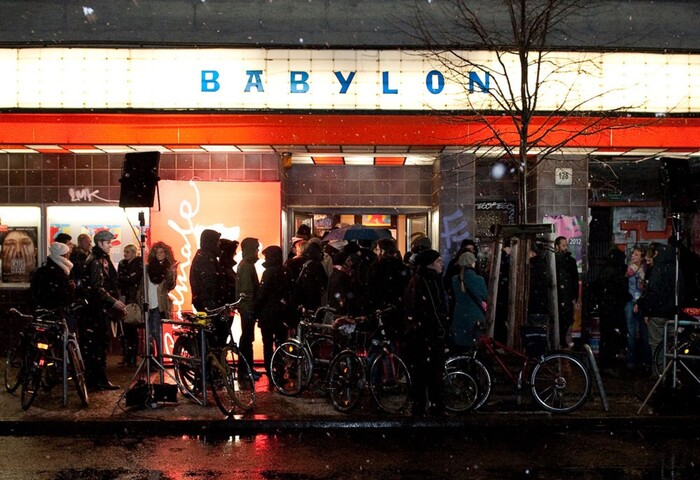"We are living from the imminence of a catastrophe that will never occur and that, however, has devastated us," said Ramón Andrés, but the catastrophe did occur and, when it arrived, not many seemed to have foreseen its imminence. We live in a situation in which fundamental rights such as freedom of assembly and freedom of movement have been suspended, trapped in the impossible conciliation of freedom and security. In Andrés's phrase the famous Heideggerian dictum resounds according to which “to be in the world is to always be fallen, since it is to have been thrown”, but also one of Thomas Hobbes: “Hell is the truth seen too late” .
The destruction of Pompeii took place on August 24, AD 79, according to Pliny the Younger, although it is likely that it occurred a few months before or after: according to Pliny, his uncle, the Roman military and naturalist we know as Pliny the Elder, He went to the area to observe the phenomenon closely and lend help, but he died of suffocation. Again, this may not have happened, but the anecdote satisfies our need for events to be articulated in stories that order and make sense of them, as the essayist Nora Catelli observed in this newspaper. The forced seclusion has once again revealed that need, which thousands of people satisfy these weeks on social networks under hashtags such as #babyfacechallenge, #tenyearschallenge or # 20yearchallenge, with whom they share images of their youth in a game to which they underlie. the pleasure of recognition, the idea of a community and the promise that one day we will look at the future again with childlike innocence and arrogance.
Kinolibrary
Perhaps the Pompeians also had a sense of community, but, of course, they did not have time to try to rebuild it, and they also lacked the technology that we have, although they were not forced to face the mixed feelings that it arouses either: on the one hand, they are the instrument of surveillance that, in the name of "security", can destroy the rule of law, but, on the other, they are a source of relief as well as a means by which to continue with some of our practices. . The last few weeks have seen how these technologies were the support of an offer of books, presentations and concerts that very soon has reached the saturation limit, but also of ways to escape the noise, and it does not seem accidental that the downloads of applications for meditation and / or yoga, that the British Library made available to its users a selection of sounds from everyday life, that the Greek choreographer Dimitris Papaioannou published his extensive piece Inside online and that interest in philosophy resurfaced stoic, with her message of acceptance of a life beyond our control.
An exceptional situation sometimes generates exceptional responses: for my part, fed up with the TV series and their usual games of repetition and difference, and disappointed by the museum offer of virtual tours whose rigidity frustrated every attempt to advance through a gallery or Approaching a work, while the works themselves became images devoid of life, lost and an aura without which someone mistakenly considered years ago that they would be better, I began to feel inexplicably attracted by the archival footage found on platforms such as Archive. org, the National Film and Sound Archive of Australia, KinoLibrary, YouTube or the Private Lives Public Spaces exhibition , which the MoMA of New York has adapted, in a reduced version, to its website: suddenly, all those fragments of movies and videos Homemakers had become an important source of comfort for me, something akin to a need.
This material reminds us that there was a time when the other was not a source of contagion, in a society of which we were once part
The use of domestic audiovisual records has a brief but especially rich tradition, with exceptional examples such as Adam Curtis' It Felt Like a Kiss (2009) and Asif Kapadia's Senna (2010), but it is not limited to the audiovisual field: the Spanish photographer Paco Gómez, for example, created an artistic project in various formats after finding the photographs of Los Modlin (2013), and in 2019 the Chilean poet Germán Carrasco published a book of poems about home films found in flea markets and fairs, Found footage . More recently, many of us found ourselves fascinated by the videos of YouTube user Rambalac, in which he walks for hours through suburbs of Japanese cities, often at night.
It is difficult to summarize the effect that these videos have on the viewer: they induce something similar to trance, a meditative state with which one floats on images while deeply penetrating them. As in other samples of home filming, the lack of editing offers a pause in the succession of arguments and orders of our days while it is a proof of its authenticity. In the images of young people at a music festival, in those of a birthday, of children covering a father in a park with dry leaves until the film ends on the camera, there is no narration or manipulation of expectations. inherent in the story. No one pretends to tell anything, but only to fix a precious moment rescued from the depths of a life once alien to the fiction of the phases .
The eruption of Vesuvius abruptly interrupted the daily life of Pompeii, but none of the artifacts left behind by its inhabitants, not even the impressive plaster casts of its figures, seems to me more moving than a small spinning top, a children's toy whose owner does not we have nothing except for that object. The images found are the same as that spinning top, and they rotate in the void of moments in which there is no ambition or greed, but rather an intimate and banal happiness in a suspended time. In the succession of houses that parade on the other side of the window of a commuter train, in the scene of those newlyweds who stumble at their wedding, in the images of Australians on a beach there is something similar to an objectless transcendence. We don't know anything about all these people, but what we know about them, which is only what we see, is enough: it reminds us that there was a time when the other was not only a source of contagion, in a society of which some Once we were part and it is not only the place we come from, but also a place to go to, as soon as possible.



/cloudfront-eu-central-1.images.arcpublishing.com/prisa/RSEPPBGYBVCRDCUAUKTYXVCO6E.jpg)





